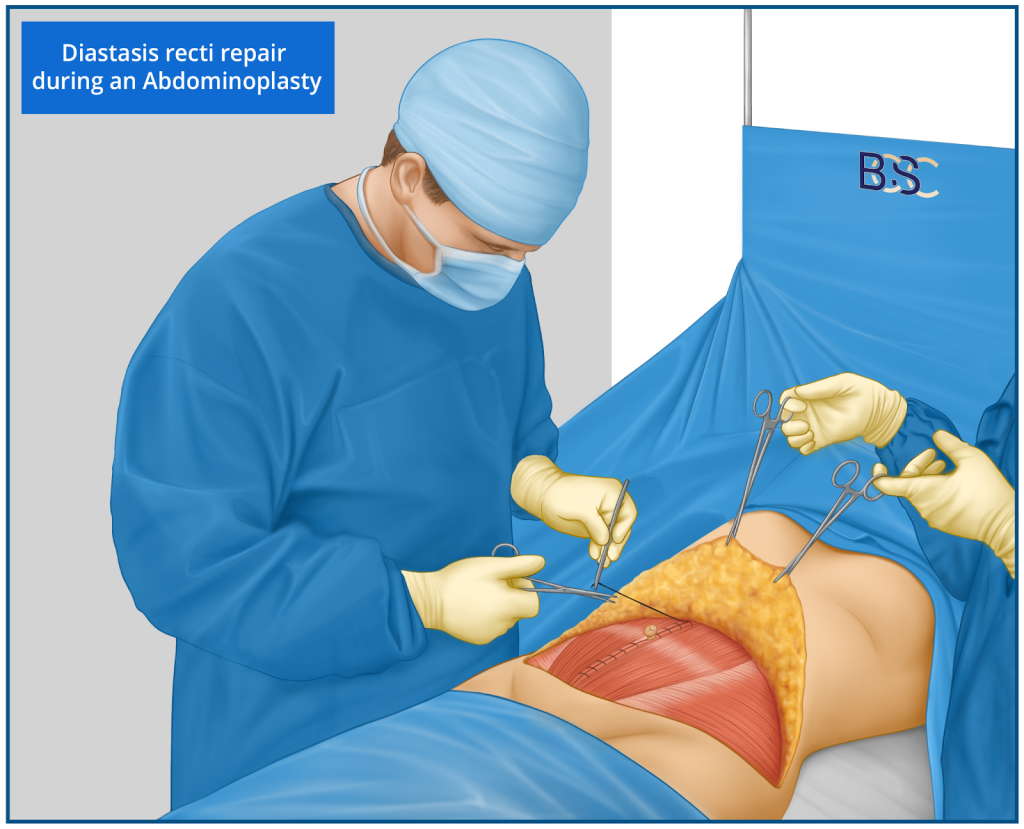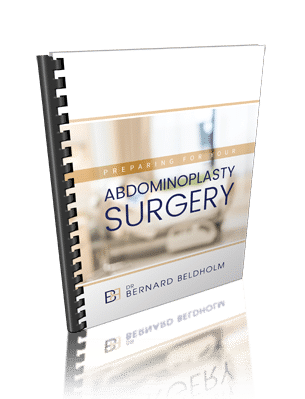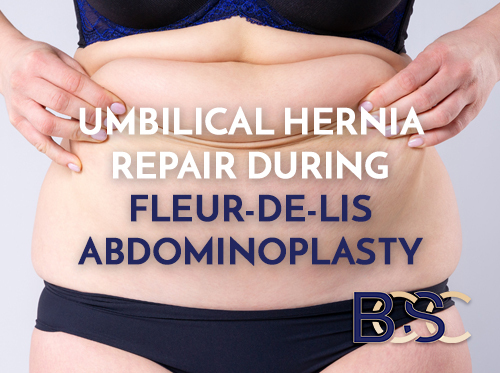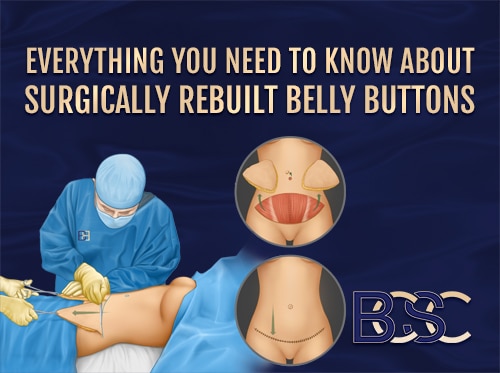How Having Twins Can Affect Your Abdominal Muscles
Every pregnancy is unique. They have only one thing in common: they all cause drastic changes in a woman’s body.
Multiple births have exponential effects and are more complex from beginning to end. After carrying twins, women’s bodies look very different from what they did pre-pregnancy. After all, the skin and abdominal muscles stretched outward for nine months to accommodate the two growing foetuses.
After delivering twins, it may be difficult to coax a body back to its pre-baby state. This article breaks down what having twins does to your abdominal muscles and how to manage these effects.

How Multiple Births Affect Women
When carrying twins or triplets, pregnant women must take very good care of themselves. This is because the strain of multiple pregnancies is magnified compared to a single pregnancy. The load on their abdominal muscles is doubled or even tripled.
Some changes that women who are carrying twins can expect are:
- Swollen ankles
- Pelvic pain
- Back pain
- Stretch marks
During a twin pregnancy, expectant mothers should get plenty of rest and avoid vigorous exercise so that their muscles don’t go through additional strain.
As the babies grow in the womb, the muscles supporting them move apart and stretch to make room. When it’s time to give birth, the pelvic floor and abdominal muscles are stretched even during labour.
The strain of a multiple pregnancy will continue to affect the body long after birth. Some long-term effects of carrying twins are:
- Weakened pelvic floor muscles, called levator ani, can cause incontinence and a weak bladder
- Stretched abdominal muscles, called rectus abdominis, can become permanently separated, resulting in a condition known as diastasis recti.
What Is Diastasis Recti?

Disclaimer: Adult content, Results vary, seek 2nd opinion, Surgery has risks – See full disclaimer
Diastasis recti, also called DRAM, is a very common condition among pregnant women. It is seen in two-thirds of all pregnancies.
The likelihood of DRAM increases with multiple births because the muscles are stretched even further. Before we discuss how to treat DRAM in women who have given birth to twins or triplets or more, we must first understand what causes it and how it develops.
The rectus abdominis muscles are colloquially referred to as a “six-pack.” They are two long muscles that run down the front of the stomach. Before pregnancy, these muscles lie next to each other with a gap of approximately one centimetre. But when a woman’s belly swells during pregnancy, the muscles move away from each other for the baby. This typically occurs during the latter stages of a pregnant woman’s second trimester.
After giving birth, the rectus abdominis may eventually return to their original positions—a process that can span a few months. However, in many cases, they simply do not. This is because the gap between the abdominal muscles is bridged only by connective tissue.
Cases of diastasis recti occur when the abdominal separation continues even after pregnancy, changing the appearance of the stomach.
Signs of Diastasis Recti
Thankfully, DRAM is not a very painful condition. Some symptoms, such as pelvic pain and back pain, usually recede in the weeks after giving birth.
However, even women who are not experiencing pain can have abdominal separation. Some common symptoms of diastasis recti are:
- Feeling like the core muscles have become very weak
- The appearance of a canoe-shaped pouch of loose skin in the middle of the stomach
- Back pain and pelvic pain
- Pelvic floor issues, such as incontinence
How to Rehab Your Abdominal Muscles after Pregnancy
Because diastasis recti is so common among pregnant women, it can be treated in many ways. The best method of treatment also depends on the severity of the condition. For example, the separation between the abdominal muscles is often significantly larger after a multiple pregnancy, so it requires more work than a single birth.
There are surgical and non-surgical ways to treat diastasis recti. For less severe cases, non-surgical methods may achieve the **. But in cases where the muscle separation is affecting a woman’s ability to perform daily tasks, or the loose skin is a cosmetic concern, surgery may be required.
Non-Surgical Rehabilitation
For relatively mild cases of diastasis recti, women can pursue non-surgical methods of recovery. These procedures can help when the separation between the abdominal muscles is less than three centimetres.
Single pregnancies and mothers under the age of 35 usually bounce back after birth without needing surgery. Some methods they practise include:
Pre- and Post-Natal Care
Having a strong core is one way to reduce diastasis. Working out your abs and developing the muscles before getting pregnant helps.
After conception, it is advisable to stop vigorous abdominal exercises. Once the babies are born, new mothers should avoid lifting heavy objects and exercises that strain their abdominal muscles. As the body starts healing in the fourth trimester, the muscles should start to come back together.
Physiotherapy
Once a few months have passed after birth, it will be easier to return to a regular exercise routine. A physiotherapy regimen, along with supportive clothing, can significantly reduce the effects of diastasis recti.
Surgical Rehabilitation

When physical rehab is not enough to fix the abdominal muscles’ separation, you may want to consider surgery.
As of July 2022, the Australian Government has subsidised abdominoplasty surgery for women experiencing diastasis recti. To learn more about which patients are eligible for the subsidy, refer to the 30175 Medicare Item Number factsheet.
Keep in mind that abdominoplasty surgery is not free under Medicare, and certain expenses are involved.
Diastasis recti can be corrected by a surgery known as abdominoplasty, or a “tummy tuck.” It’s a corrective procedure wherein the surgeon sews together the weak connective tissue (linea alba) to bring the rectus abdominis back together.
Women who have had a Caesarean birth can request their plastic surgeon to incorporate the C-section scar with the tummy tuck scar.
Advances in medical technology have also seen the development of laparoscopic abdominoplasties. These have the benefit of smaller, much less visible scars than the single, large scar seen with traditional procedures.
Multiple Pregnancies in Australia
The Australian Institute of Health and Welfare compiled data about twin, triplet, and higher multiple pregnancies in the nation.
Here are some interesting takeaways from their findings:
- Multiple births can lead to financial stress, social isolation, and difficulty accessing appropriate education.
- Multiple births only make up 2.9% of all pregnancies in Australia, and only 1.4% of women who give birth experience a multiple pregnancy.
- Twins are the most common of all multiple births, making up 98% of all cases.
- Though they are considered higher risk, most Australian multiple pregnancies witnessed positive outcomes for the mother and babies.
Post-natal care is a critical part of pregnancy. Women deserve to be able to live full lives after giving birth. Choosing elective surgery to correct diastasis recti can **.
If you are suffering from the effects of diastasis recti, book a consultation with a qualified and reputed specialist surgeon to explore your options. With the help of doctors, thousands of women have gone on to recover fully after having twins. A tummy tuck allows twin mothers to welcome twice the joy without worrying about her body.



